20 Incredible Vintage Photos That Show Pioneer Life In America

Journey back in time with me to the wild, dusty days of America’s pioneers — when life was less about convenience and more about sheer survival with a side of creativity.
These were the folks who didn’t just live off the land — they wrestled with it daily. As someone who once built a LEGO log cabin without the manual (and nearly cried), I feel spiritually connected to their struggle.
Imagine building an actual cabin with nothing but hand tools, trekking across the country in a wagon that maxed out at 2 MPH, and using buffalo chips (yes, those chips) to fuel your fire.
And let’s not forget the intense politics of the one-room schoolhouse — where sharing a desk with your mortal enemy was character-building. These 20 vintage photos don’t just showcase the grit of pioneer life — they highlight the humor, heart, and downright stubborn resilience that defined a frontier generation. Yeehaw!
1. Building a Log Cabin With No Power Tools
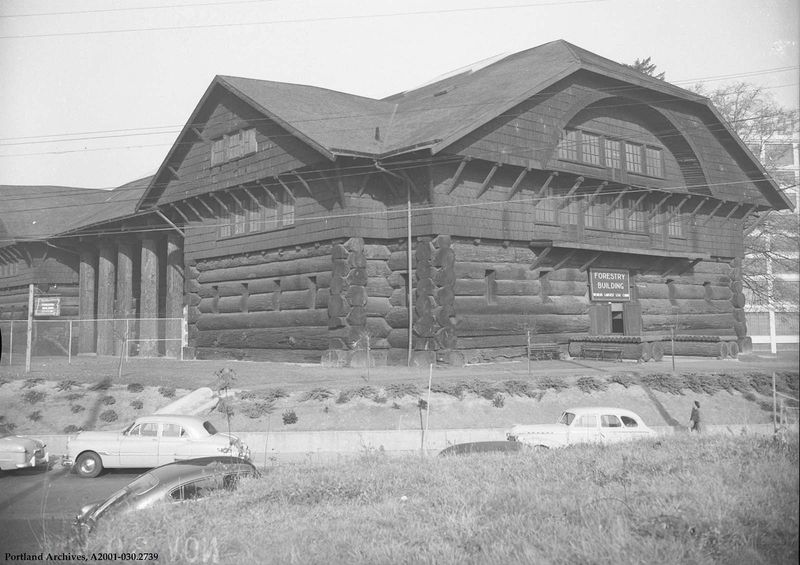
Building a log cabin with no power tools is like assembling IKEA furniture without an Allen wrench — a real test of patience! Picture a middle-aged man, sweat glistening on his brow, chopping wood with determination.
It’s just him, his trusty axe, and Mother Nature. But beware! One wrong swing and that wall might come crumbling down faster than my New Year’s resolutions.
This process requires more than muscle; it demands ingenuity and grit. Imagine the satisfaction when the final log is in place, though. It’s like winning the lottery of perseverance. You could say these pioneers really nailed it — or, actually, axed it! These cabins were more than shelters; they were monuments to human tenacity and resourcefulness, standing strong against the elements and time.
2. Traveling Across the Country in a Wagon… at 2 MPH
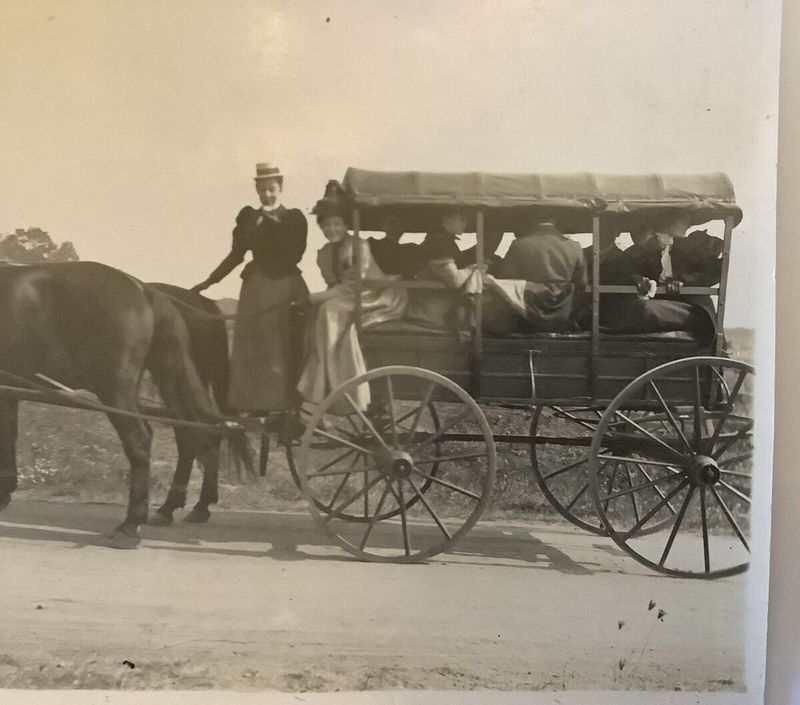
Traveling cross-country in a wagon at a snail-paced 2 MPH was the ultimate test of endurance and patience. Imagine a family, clad in period attire, bouncing along a dusty trail with mountains on the horizon. Oregon Trail wasn’t just a game; it was a full-time job in bumpy diplomacy and wheel repair.
Children likely spent their time asking, “Are we there yet?” while adults worried about everything from axle breaks to dysentery. Snack options were limited, and pit stops? Well, they were more like “dig a pit” stops! The journey was filled with unpredictability, camaraderie, and tales of survival — a true test of willpower and community spirit.
Every mile gained was a victory against the odds, and every creak of the wagon wheels echoed the determination of those who dared to dream of a new life in the wild unknown.
3. Using Buffalo Chips (Yes, Poop) as Fuel
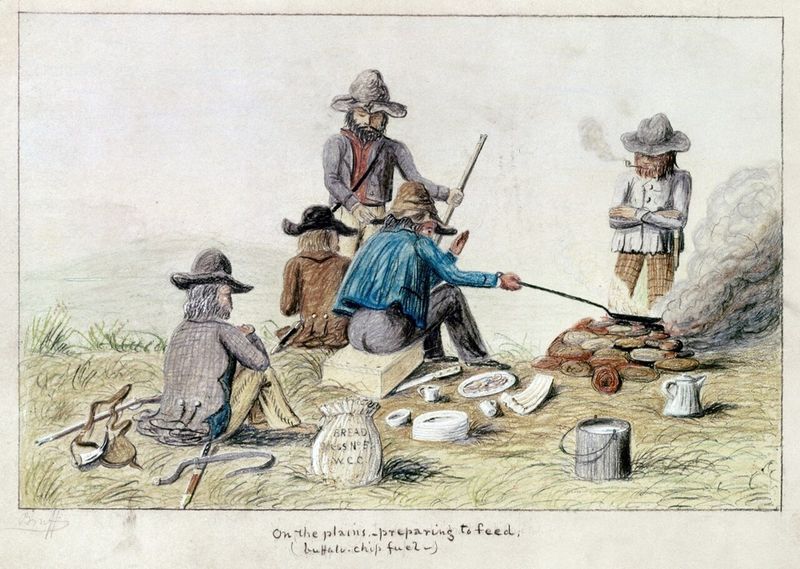
Using buffalo chips as fuel was a hot topic — quite literally! In the absence of wood, pioneers turned to nature’s alternative: dried buffalo dung. Yes, you read that right. Imagine a pioneer woman collecting these earthy nuggets with great care, all to keep the home fires burning.
While it might sound crappy, this resource was vital for survival. It’s fascinating how necessity breeds creativity! These pioneers were nothing if not resourceful, turning what nature provided into warmth and cooked meals.
It must have been quite the sight: a small fire pit glowing as the sun set over the prairie, the scent of a hard day’s work lingering in the air. Talk about making do with what you have — these folks were eco-friendly before it was cool! And that’s no bull… chip.
4. Bath Night = Once a Week (If You’re Lucky)

Bath night was a rare luxury, more anticipated than a modern-day spa day. Picture a wooden tub, steam rising, as a family eagerly lined up, waiting their turn like it was the latest iPhone release. The catch? One tub, one water refill. Not ideal if you’re last in line, going in after Grandpa.
Cleanliness was a weekly affair, dictated by available water and tolerance for squabbles over who got the first dip. It was a far cry from today’s endless hot showers, making modern conveniences seem downright decadent.
Despite the limited hygiene schedule, this ritual was a moment of familial bonding and laughter. After all, nothing brings people together like debating who used the soap last or who made the biggest splash. It’s a splash of history that reminds us of simpler, albeit smellier, times.
5. Homemade Butter Churning
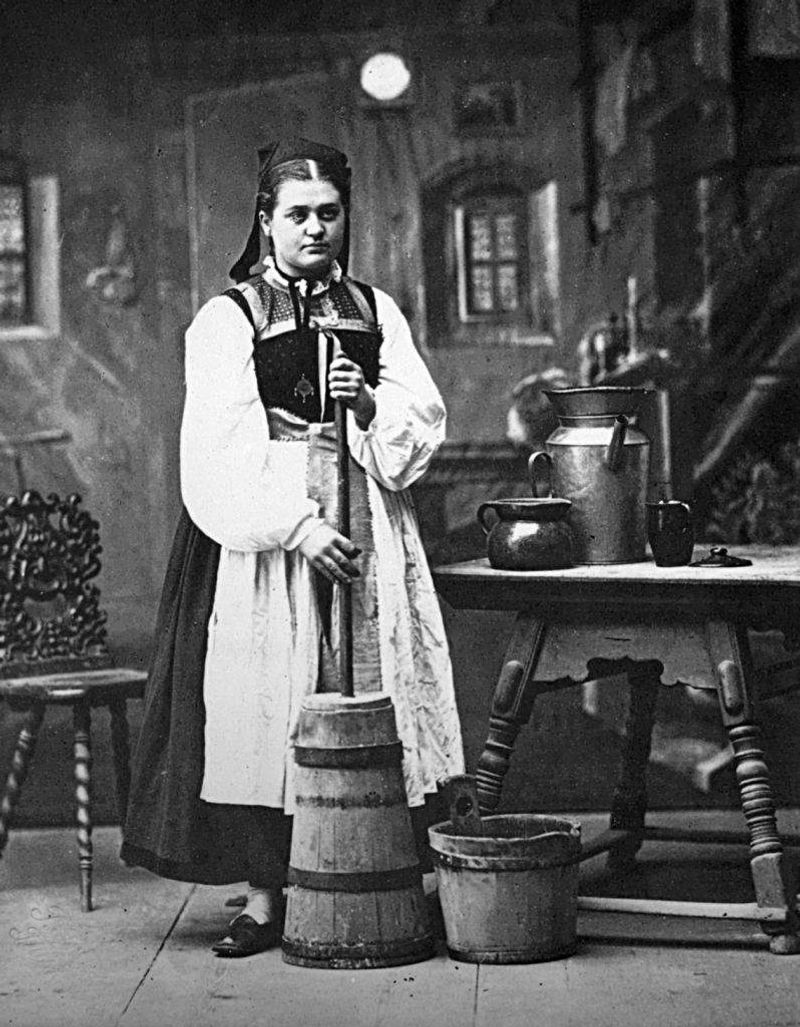
Homemade butter churning was the pioneer version of an arm workout, minus the gym membership. Picture a young girl, sleeves rolled up, churning with rhythmic determination. In the rustic kitchen, surrounded by jars and the aroma of fresh cream, she hoped today would be the day the butter set perfectly.
This task required patience and persistence, as the creamy concoction slowly morphed into velvety richness. If it didn’t set? Well, try again next week and hope your arms haven’t fallen off by then.
Each successful batch was a triumph over unpredictability, a testament to the skill and dedication of those who made home-cooked meals from scratch. The buttery end product was a reward in itself, a golden delight spread on homemade bread — a true taste of pioneer perseverance.
6. School in a One-Room Schoolhouse
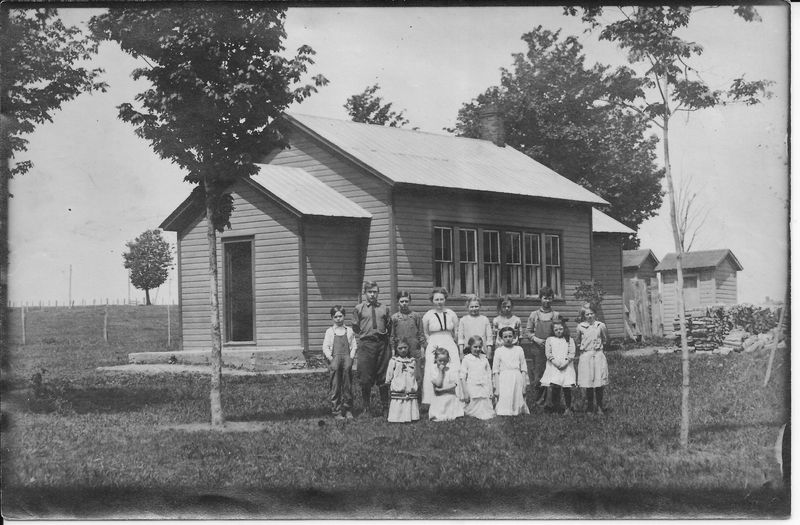
Attending school in a one-room schoolhouse was like starring in a reality show, with students aged 6 to 16 as the cast. Imagine kids crammed into wooden desks, listening (or not) as the teacher multitasked between arithmetic and keeping order.
This educational melting pot was where older students helped the younger ones, forming bonds that lasted a lifetime. The teacher wore many hats: educator, disciplinarian, janitor, and sometimes, referee.
The one-room schoolhouse was more than a place of learning; it was a community hub where students learned life lessons beyond textbooks. It was a place where every student knew each other’s names and, often, each other’s secrets. The lessons weren’t just on the chalkboard; they were in the friendships and resilience built within those four walls.
7. DIY Medicine With Whatever Grew Nearby
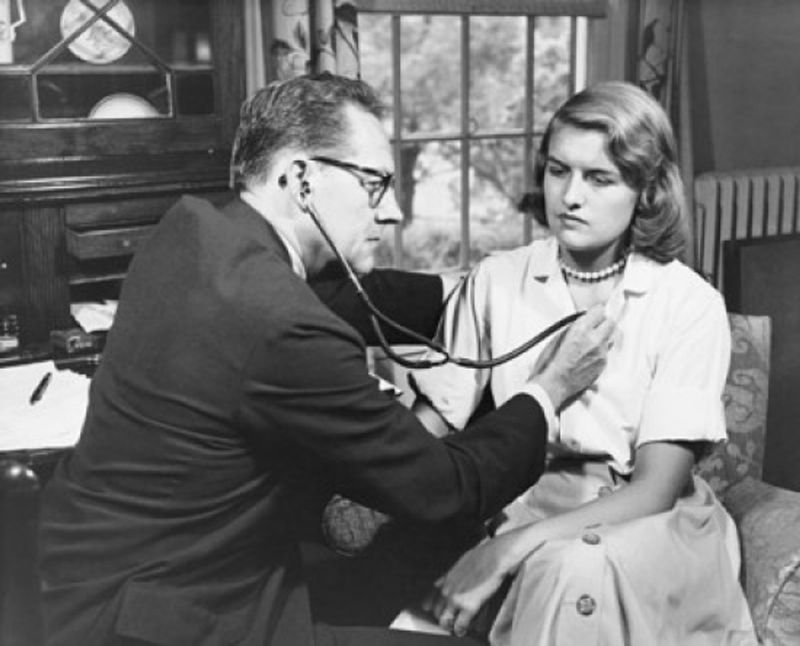
DIY medicine was the norm, with pioneers relying on whatever grew nearby to treat ailments. Picture an elderly woman, mixing herbs and wild plants with care, each concoction a blend of nature and hope.
Feeling under the weather? Here’s a tea made from tree bark, with a side of optimism. It was like an episode of “Survivor,” but with fewer immunity idols and more immunity boosters.
This practice was as much about intuition as it was about knowledge, passed down through generations. Every remedy was a testament to the resourcefulness of those who lived in harmony with the land, a reminder that sometimes the best pharmacy is just outside your door.
8. Bartering Everything
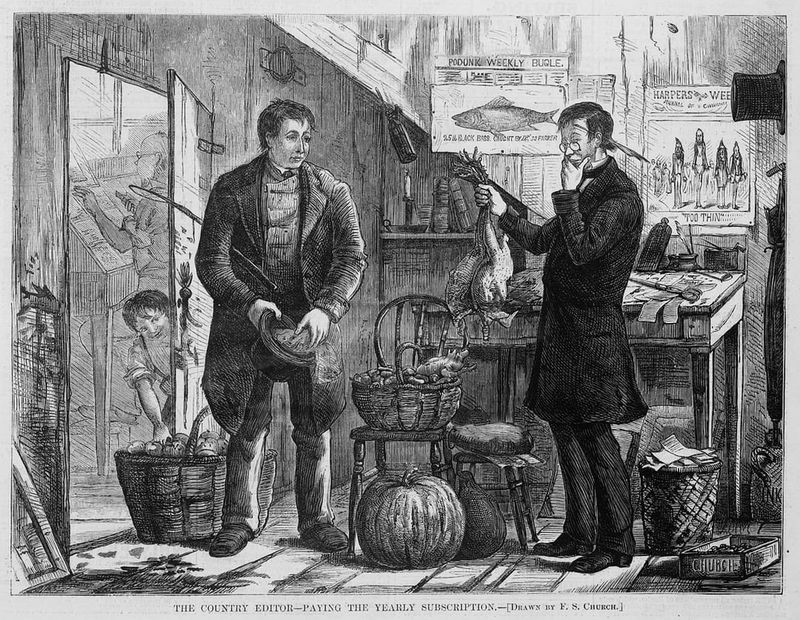
Bartering was the original e-commerce, but with more haggling and zero shipping fees. Picture a bustling marketplace, where people traded eggs for cloth and pigs for plows, all under the open sky.
Cashless transactions were the norm, and creativity was the currency of choice. Need coffee? Trade your dignity and hope your neighbor is feeling generous.
This system fostered a sense of community and interdependence, where everyone’s goods and services had value. It was an economy built on relationships and trust, where a handshake sealed the deal. Bartering was more than a means of survival; it was a way of life, a dance of give-and-take that kept pioneer society thriving.
9. Barn Raisings = Social Events
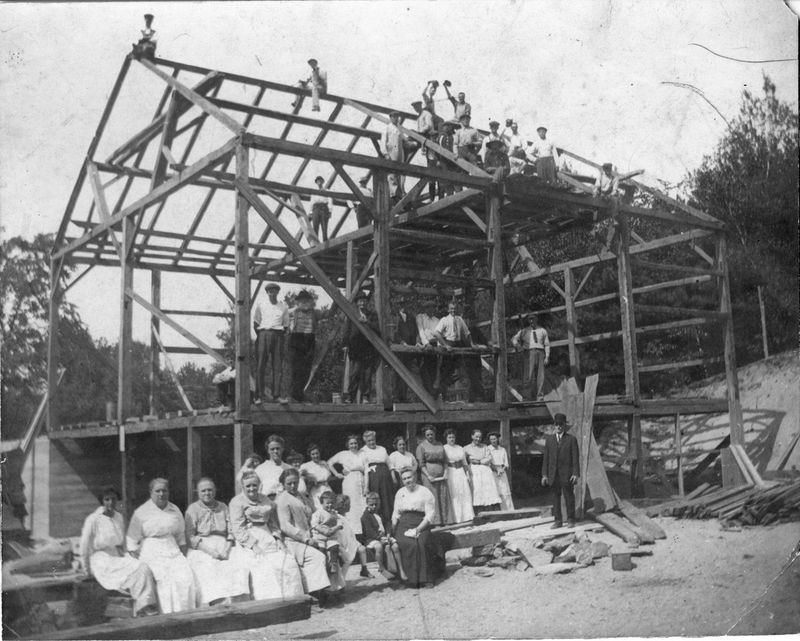
Barn raisings were the pioneer version of a block party, complete with hard hats and hammers. Imagine an entire community, sleeves rolled up, working together to erect a barn frame in a field.
These events were both a necessity and a celebration, blending hard labor with social bonding. Need a barn? Invite the whole town. Everyone pitched in, knowing they might need the favor returned come spring.
After a day’s work, the real fun began with a feast and festivities. It was a testament to the unbreakable bonds formed through shared toil and triumph. Barn raisings were more than construction projects; they were the bedrock of community spirit and mutual support in the pioneering world.
10. Dangerous Animal Encounters Were Just… Normal
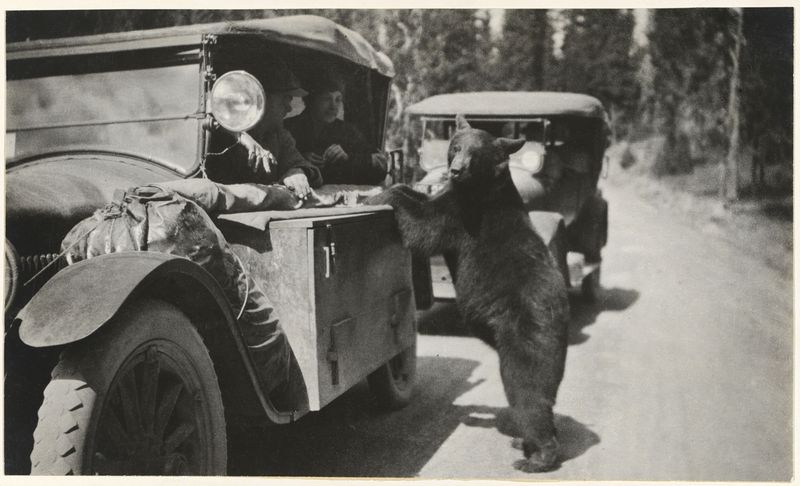
Dangerous animal encounters were just another morning in pioneer life, before breakfast even! Picture a man in his 30s, cautiously approaching a bear with a rifle, while a wolf lingers nearby.
This was life on the frontier: sharing space with creatures that saw you as a potential threat — or snack. It required courage and a deep understanding of nature, where every rustle in the bushes could be friend or foe.
These encounters weren’t just about survival; they were about coexistence. Pioneers learned to respect the animals’ domain, crafting a delicate balance between human and wildlife. It’s a reminder of the raw, untamed world they lived in, where danger was a constant companion.
11. Mail Took WEEKS (Sometimes Months)
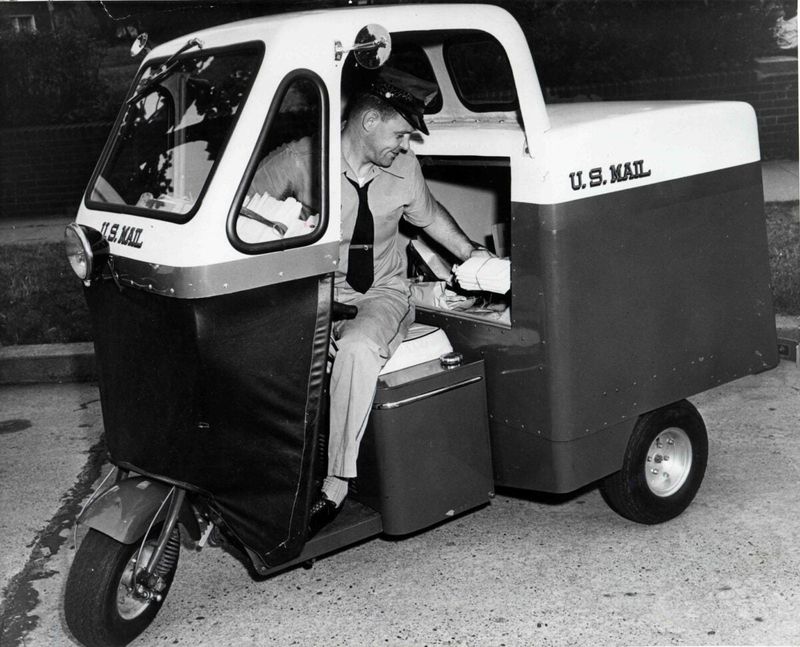
Receiving mail was an event akin to spotting a unicorn, given the weeks or months it often took. Imagine a pioneer postman on horseback, leather satchel in tow, traversing vast landscapes.
Waiting for news from back east? Better settle in for the long haul. The anticipation was palpable, making each letter or package a cherished treasure. Communication was a test of patience and faith.
Despite the delay, each piece of mail was a lifeline to family, friends, and the outside world. It was a reminder that no matter how far west one ventured, connections to loved ones were never truly severed. The suspense of waiting was matched only by the joy of receiving.
12. Sod Houses: Homes Made From Dirt and Grass
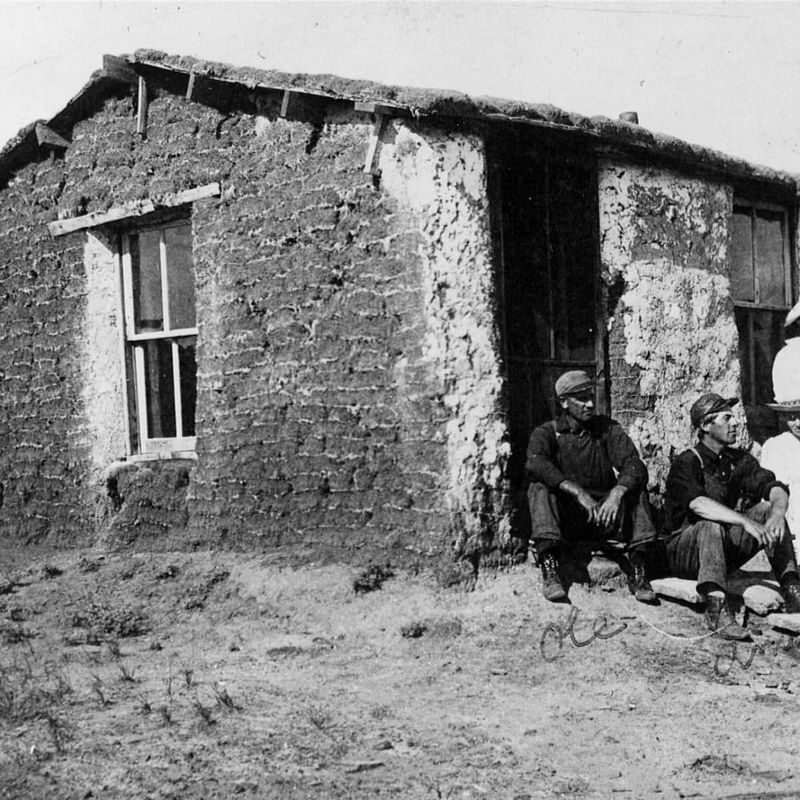
Sod houses were the pioneers’ answer to limited resources, literally living in the earth. Imagine a humble home, walls made from stacked grass and dirt, nestled on the prairie.
These homes were cool in summer, cozy in winter, and muddy in spring. They were a testament to the settlers’ adaptability and resilience, making do with what they had.
Living in a sod house meant embracing nature as a building block, crafting a home that blended seamlessly with the landscape. It was both a practical and symbolic connection to the land, a true embodiment of pioneer ingenuity and spirit.
13. Washing Clothes With a Washboard and a Lot of Elbow Grease
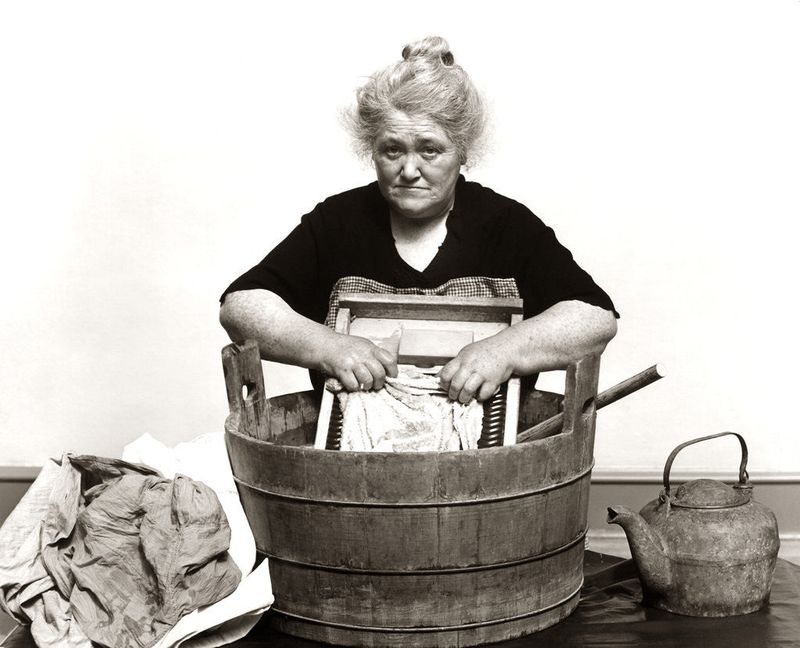
Washing clothes was a workout worthy of a gym membership, minus the steamy showers. Picture a pioneer woman, sleeves rolled up, scrubbing clothes with determination on a washboard by a creek.
No Tide Pods here, just cold water, raw hands, and a lot of elbow grease. Each garment was a testament to endurance, the sudsy effort echoing against the backdrop of chirping birds.
Despite the arduous task, laundry day was a time for reflection and connection, where women shared stories and laughter over the splashes and scrubs. It was a ritual that forged bonds as strong as the fabric they cleaned.
14. Entertainment = Reading by Candlelight or Playing a Fiddle
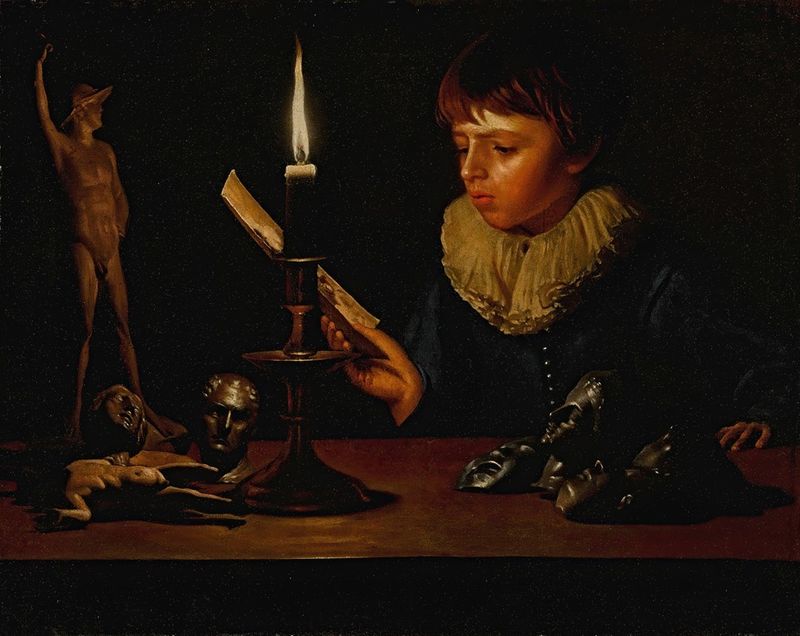
Entertainment in pioneer times was a far cry from today’s digital distractions. Picture a family gathered in a dimly lit cabin, reading by candlelight or playing a fiddle.
Without Snapchat or Netflix, families turned to storytelling, music, and the occasional staring contest with the homestead shadows. It was a simpler time, where creativity filled the void left by technology.
These moments of entertainment were more than pastimes; they were the threads that wove families together. In the quiet of the night, amidst flickering candlelight, stories and music flowed like timeless melodies, etching memories into the pioneer heart.
15. Every Meal Was from Scratch. Every. Single. One.
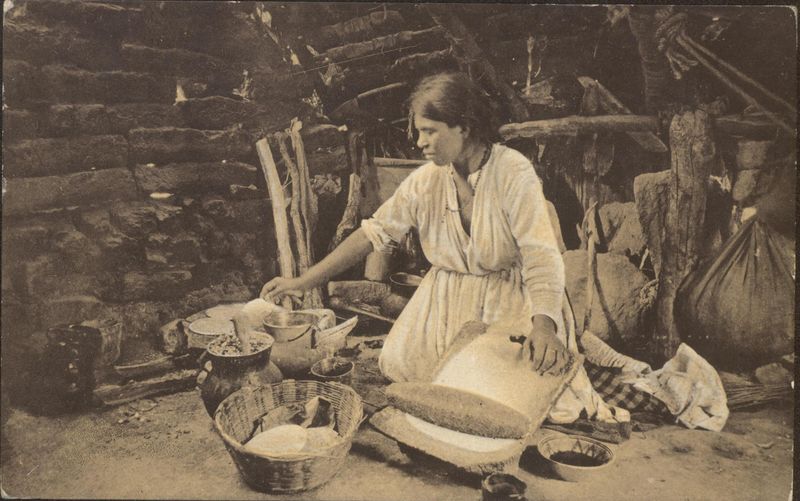
Every meal was a culinary adventure in self-sufficiency, with no DoorDash in sight. Picture a family bustling in a rustic kitchen, the mother milking a cow while the father grinds grain.
Dinner wasn’t just served; it was crafted. Each dish was a labor of love, a testament to their resourcefulness and skill. Burnt the bread? Well, there’s always tomorrow, provided the chickens haven’t staged a coup.
Meals were more than sustenance; they were a celebration of the fruits of their labor, each bite a flavorful reminder of the hard work and dedication woven into pioneer life. It was a taste of resilience in every morsel.
16. Growing Your Own Food or Starving
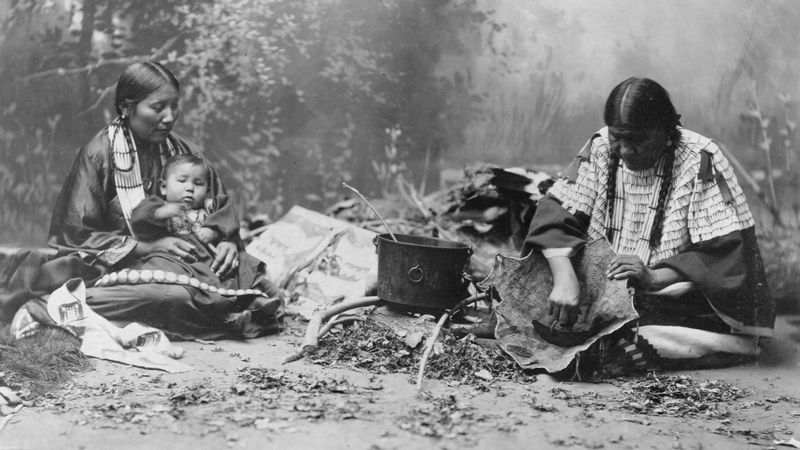
Growing your own food was the pioneer mantra, because grocery stores were just a twinkle in the future’s eye. Imagine a farmer tending to crops under a clear sky, chickens pecking nearby.
It wasn’t just about feeding the family; it was about survival. Every seed planted was a gamble with nature, hoping bugs, deer, or whims of weather wouldn’t claim the harvest first.
The fruits of their labor sustained life and spirit, turning toil into triumph. Each successful crop was a victory dance on the prairie, a testament to patience, perseverance, and a little bit of luck.
17. Rain = Mud. Snow = Misery. Drought = Starvation.
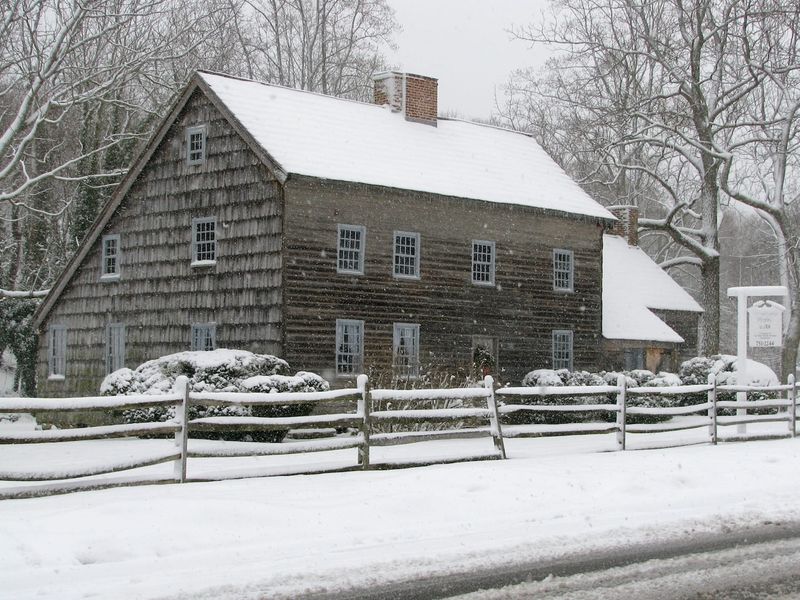
Weather was the unpredictable boss of pioneer life, doling out mud, misery, or starvation as it saw fit. Picture a family huddled in a small cabin, rain lashing against the window.
Every season came with its challenges: mud in the rain, cold in the snow, and the haunting specter of drought. It was nature’s way of reminding pioneers who was really in charge.
Yet, these challenges forged unbreakable bonds, as families and communities banded together to weather the storms. The harshness of the elements underscored the strength and resilience of the pioneering spirit, proving that when nature threw lemons, pioneers built lemonade stands.
18. The Outhouse Experience
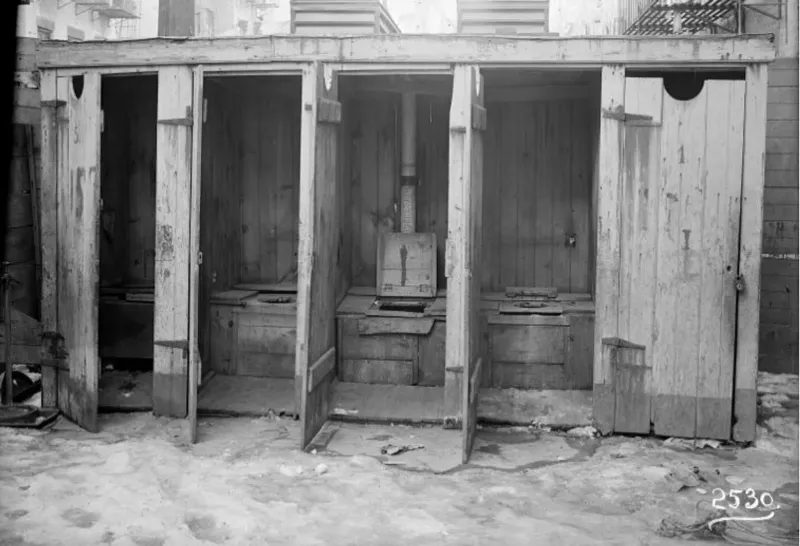
The outhouse experience was a rite of passage, where one braved the elements and the unknown. Imagine a small shack standing in a field, its door creaking ominously.
This humble abode was both a necessity and a challenge, especially in winter when freezing was a real possibility. Spiders were less than ideal roommates, making each visit a test of bravery.
Despite its shortcomings, the outhouse was a symbol of practicality and endurance, a reminder of life’s simpler, albeit less sanitary, necessities. It was a place that brought a whole new understanding to the phrase “nature calls.”
19. Hunting = Dinner or No Dinner
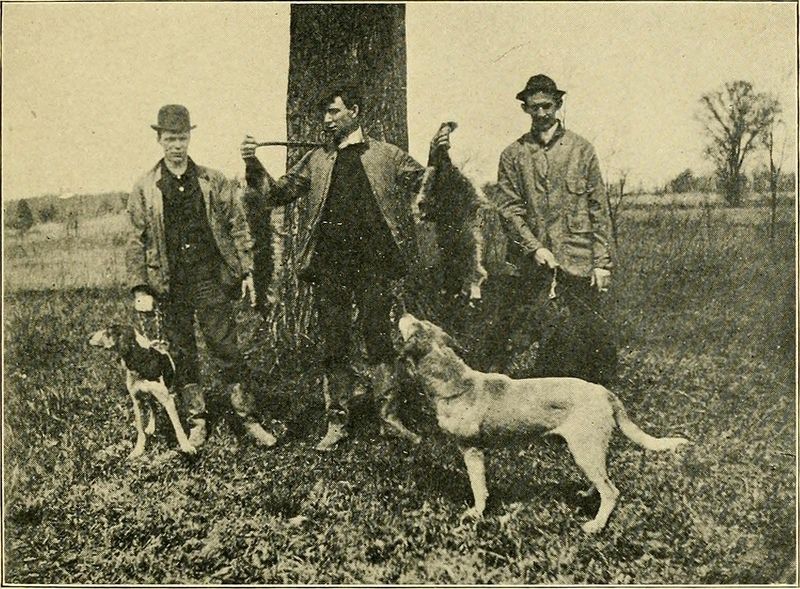
Hunting was the make-or-break moment of the day, with dinner hanging in the balance. Picture a hunter in his 40s, rifle in hand, stalking through a forest clearing.
Every shot was a calculated risk, where success meant a hearty stew and failure meant grumbling stomachs. It was a true test of skill, patience, and determination.
The hunt was more than sport; it was a way of life, a primal connection to nature’s cycle of give and take. Each successful hunt was a victory for the family table, a celebration of survival in the wilderness.
20. Hardship Built Unbreakable Community Bonds

Hardship was the glue that bonded pioneer communities, turning struggle into solidarity. Picture a group of neighbors working together to repair a fence, children playing nearby.
When times got tough, neighbors dropped everything to lend a hand, pulling wagons from the mud or mending roofs. It was an unspoken agreement that everyone’s burden was lighter when shared.
These acts of kindness and cooperation forged unbreakable bonds, creating a tapestry of community woven with threads of resilience and support. In the pioneer world, helping a neighbor wasn’t just an act of kindness; it was a way of life, an enduring legacy of unity and perseverance.
